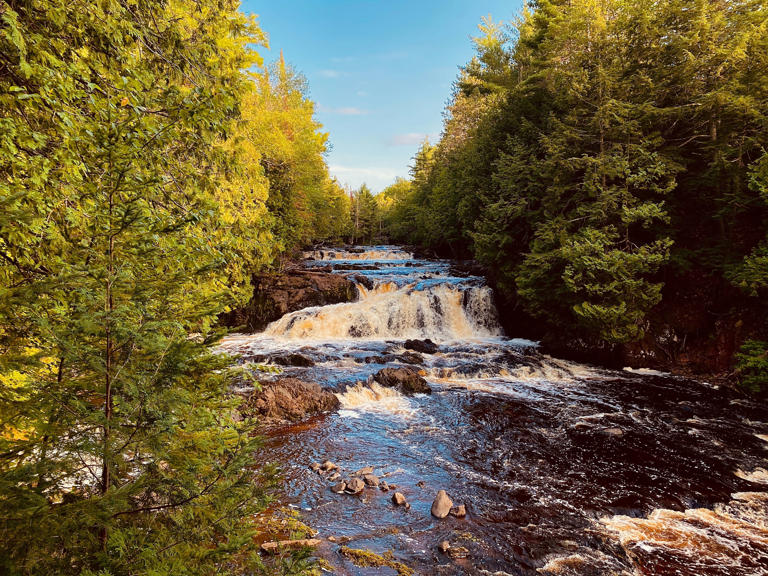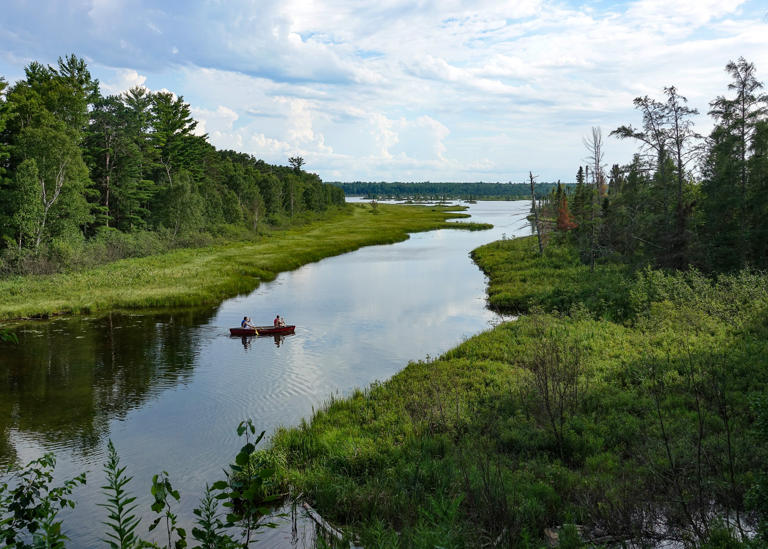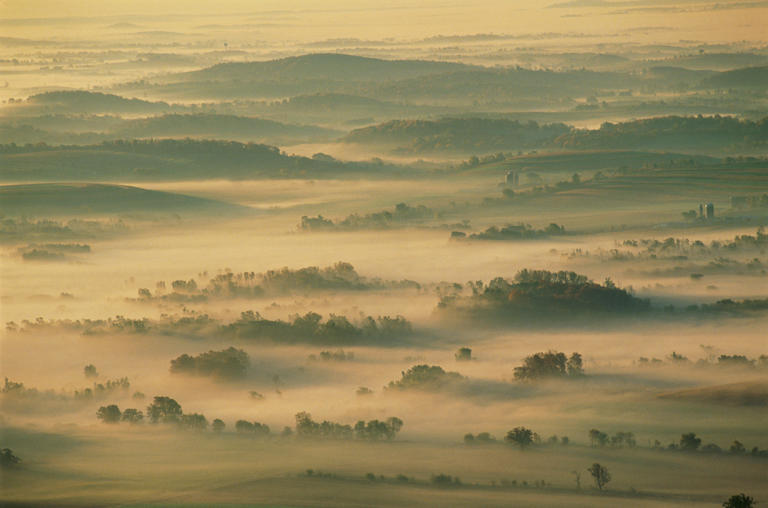For great camping in Wisconsin, you won’t have to look far.
It’s no secret—at least not to its neighbors—that Wisconsin offers a rich and wild escape into nature in every corner of the state. Consider the numbers: 1.5 million acres of national forest, two Great Lakes and a national lakeshore, two national scenic trails and two wild and scenic riverways, a stretch along the Mississippi, and more than 15,000 lakes and 32,000 river miles. It’s a land formed by ancient seas and volcanoes, and so carved by glaciers that the most recent period of the Ice Age is named Wisconsin. All that public and privately protected land amounts to a gold mine for campers. But it creates the tyranny of choice: where to go first?
Also Raed– When it comes to the best airports, the U.S. is flyover country
This guide suggests nine of the best destinations for camping in Wisconsin, honoring a philosophy of ‘getting away from it all’ while highlighting some of the state’s most impressive natural sites—from state park campgrounds to primitive hike-in sites.
Newport State Park
The Door Peninsula is a tourist draw for its lakeside towns and natural beauty. While Peninsula and Potawatomi State Parks handle the bulk of outdoor enthusiasts, Newport, an International Dark Sky Park with 11 miles of shoreline on Lake Michigan, is quiet and feels remote. Thirteen of the park’s 17 marvelously spread out campsites overlook water—one from atop a dune—and all require campers to hike in. Sites provide fire rings with grills, benches, and metal storage boxes, plus a pit toilet for every two sites.
Lower Wisconsin State Riverway
You never camp on the same river twice. From its last dam to its confluence with the Mississippi River, the Wisconsin River offers paddling campers 92 miles of flatwater through more than 42,000 protected acres of lowlands, forest, and bluffs. Eagles and herons are standard, and the fishing is excellent. While proper sites can be reserved at Tower Hill and Wyalusing State Parks along the route, the best experience is to paddle up and camp for free on the many islands and sandbars.

Copper Falls State Park
Flowing across ancient volcanic rock, the Bad River rages over Copper Falls in a deep gorge before Tyler Forks tumbles in from the 30-foot Brownstone Falls to join it. Trails and bridges make a circuit of the gorge and rivers: The North Country National Scenic Trail counts 5 miles within the park, and an observation tower offers a 20-mile view to Lake Superior. The 23 sites in the South Campground are rustic with tables and fire rings, and offer the best shade and privacy.
Read More:- How Do Pilots Decide Their Cruise Altitude?
Apostle Islands National Lakeshore
See the mighty Lake Superior in all its moody glory. The 21-mile lakeshore includes sandy beaches and a series of wave-carved caves in red sandstone cliffs, a site popular with sea kayakers. Nineteen of the 21 islands have a few primitive sites each, while the mainland has only one—and that requires a six-mile hike along the cliffs. Stockton Island, reachable by boat shuttle, is our pick, with 20 sites spaced out along 3/4 mile of shoreline.
St. Croix National Scenic Riverway
The riffling and weaving Namekagon River empties into the St. Croix, swelling the latter as it flows on to feed the Mississippi. Comprising more than 200 miles of the two rivers, the riverway—one of the original eight designated Wild and Scenic Rivers—offers multi-day paddling trips through pristine forestland full of wildlife. Spaced out generously along the entire route are first-come, first-served rustic campsites with fire rings, picnic tables, and a simple pit toilet.

Big Bay State Park
Reachable by a 20-minute ferry ride from Bayfield, Madeline Island is sparsely inhabited and the only Apostle not part of the National Lakeshore. This park offers four miles of shoreline looking east over Lake Superior, with a combination of low sandstone cliffs and a long spit of sandy beach that separates a bog area from the lake. All 60 sites have picnic tables and fire rings, while 15 offer electricity and 7 are walk-ins for more privacy.
Rock Island State Park
No cars or even bikes are allowed here. Once the private island of a wealthy inventor, the park-island requires two ferry rides from the tip of Door Peninsula, finally arriving at a magnificent stone boathouse and Viking Hall. A 10-mile trail circles the forested island, passing limestone cliffs and an historic lighthouse, but a short hike from the landing site reaches 35 tent sites with tables, fire rings, and pit toilets; 5 more private backpacker sites are 1.5 miles to the east shore.
Also Read– DOT to send proposed legislation to Congress to ban family seating fees on flights

Kettle Moraine State Forest, Northern Unit
Two colliding lobes of the Wisconsin Glacier left the Kettle Moraine, a range of glacial deposits more than 100 miles long, which is now protected as state forest. The Ice Age National Scenic Trail (IAT) follows the entire length with some reservable one-night shelters and dispersed camping for thru-hikers. Within the Northern Unit, Mauthe (MOTH-ee) Lake Recreation Area’s campground is the best place to camp with 135 sites, including 3 hike-in sites. Sites #538-557 are best for shade, privacy, and proximity to the IAT.
Mirror Lake State Park
Also Read– DOT to send proposed legislation to Congress to ban family seating fees on flights
The two 1.6-billion-year-old, 500-foot-high rock outcrops at Devil’s Lake are must-hikes, but the camping and paddling are superior 20 minutes north at this scenic state park along a water-filled gorge of sculpted sandstone. Of the 155 sites in 3 campgrounds, 108 are non-electric with tables and fire rings. Seven tent-only sites do not allow vehicles, while RVs prefer the Sandstone Ridge Campground. Cliffside Campground has a few sites with lake views as well as an accessible cabin and paved hiking path.









































